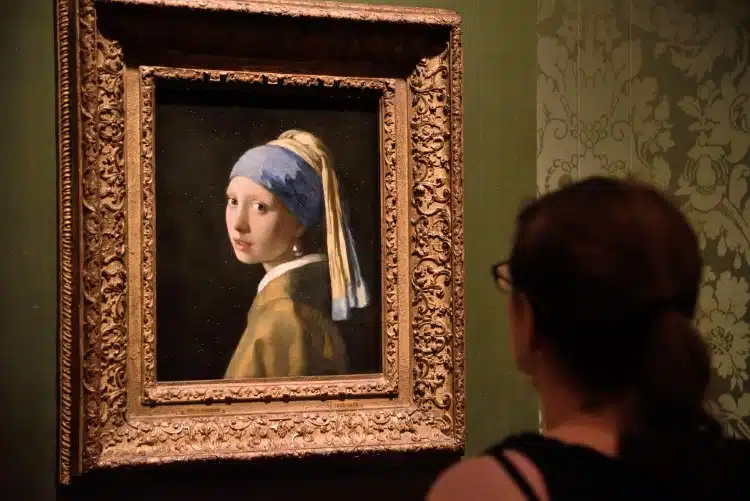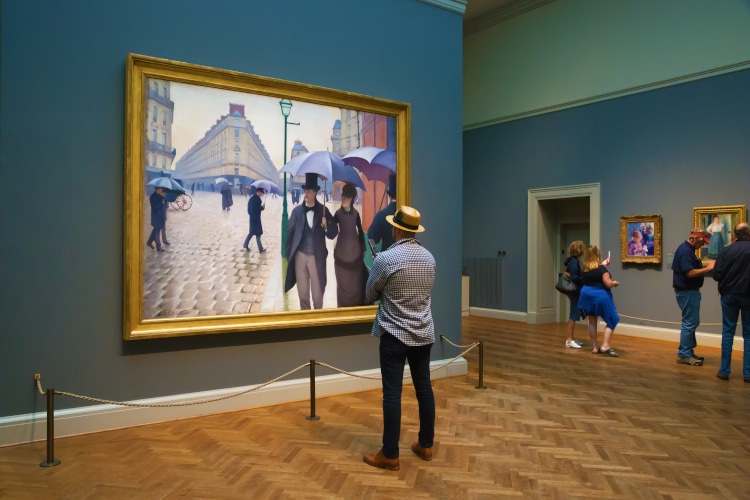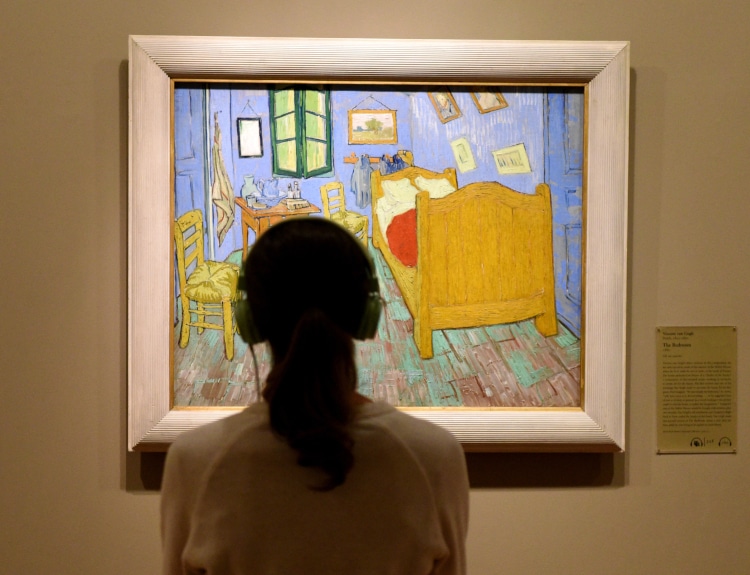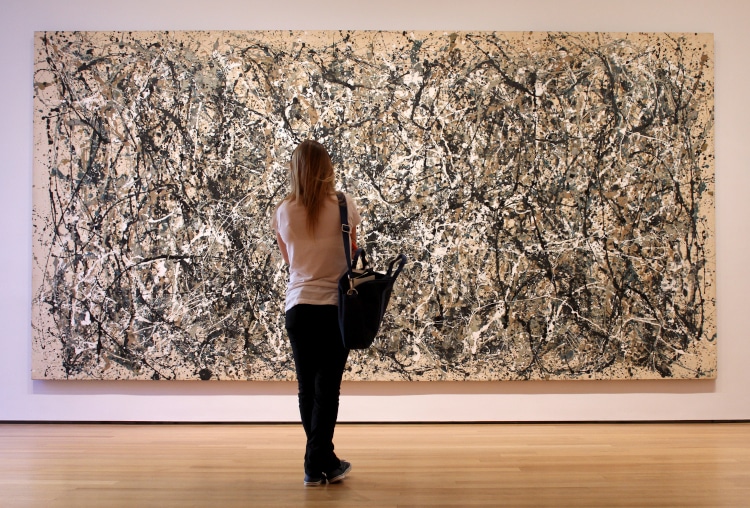
Photo: Scott Ableman via Wikimedia Commons (CC BY-NC-ND 2.0)
Art lovers travel far and wide to see their favorite paintings in real life. Surely, they may have seen them dozens of times online or in books, but getting to witness the real thing just hits differently. While some could argue that it’s all in their head, scientists working with the Mauritshuis Museum in The Hague, home to Johannes Vermeer’s Girl with a Pearl Earring, have found that there is truly something special to it.
The surprising neurological study discovered that the brain is stimulated in a manner that is ten times stronger when people visit a museum and look at art in person than when they view a reproduction, such as a postcard or poster. Researchers used eye-tracking technology and MRI scans to record the brain activity of a group of 20 volunteers looking at the actual artworks and reproductions, whether at the museum’s shop or flashed onto special goggles.
“A factor of ten is an enormous difference, and this is what happens when you look at a reproduction compared to a real work,” Martine Gosselink, director of the Mauritshuis, told The Guardian. “You become [mentally] richer when you see things, whether you are conscious of it or not, because you make connections in your brain.”
For the study, the 20 volunteers between 21 and 65 years of age had an electroencephalogram (EEG) brain scanner and eye-tracking equipment attached to them. They were asked to look at five artworks in the museum, as well as some reproductions. The real paintings sparked an intense positive response in the precuneus, the part of the brain connected with consciousness, self-reflection, and personal memories.
Beyond the response to seeing real-life paintings, out of the five paintings observed, the famous Girl with a Pearl Earring evoked the strongest reactions in the volunteers’ brains, particularly in the invisible triangle formed by the girl’s left eye, mouth, and pearl earring, which the scientists have described as a “sustained attention loop.”
“You look at her eyes, then at her mouth, then at the pearl. And then you look at her mouth, eyes, pearl again. And you keep looking!” the museum wrote in a statement. “Why can’t you take your eyes off her? Humans are naturally focused on faces. When you look at someone’s face–even if it’s someone in a photo or painting–your brain automatically tries to decipher that person’s emotion. That’s how you determine whether someone is ‘safe’ or not.”
The museum explains that while people would automatically look at someone’s eyes and mouth–as they give the most information about emotions–the extraordinary composition of Girl with the Pearl Earring draws the people into staring at her. Gerrit van Honthorst’s The Violin Player, another painting used in the study, didn’t get as strong of a reaction but still got a positive response stimulus, receiving a 0.41 out of 1 in real life, but just 0.05 in a reproduction.
While it has been confirmed now, the museum director had long suspected that nothing compares to standing before the real thing, no matter how many times you’ve seen it elsewhere or how well you think you know it. “We all feel the difference – but is it measurable, is it real?” she recalls asking her peers a year ago. “Now, today we can really say that it is true.”
A neurological study in the Netherlands discovered that viewing a work of art in real life stimulates the brain ten times more than when looking at a reproduction.

Photo: toucanet/Depositphotos
For the study, the 20 volunteers between 21 and 65 years of age had an electroencephalogram (EEG) brain scanner and eye-tracking equipment attached to them.

Photo: Bumble-Dee/Depositphotos
The real paintings sparked an intense positive response in the precuneus, the part of the brain connected with consciousness, self-reflection, and personal memories.

Photo: CarlosNeto/Depositphotos
h/t: [The Guardian]
Related Articles:
Little Boy Who Broke 3,500-Year-Old Vase Invited Back to Museum to See It Restored
Museum Offers Color-Blindness Glasses To Help Visually Impaired Visitors View Art in a New Way
Polish Museum Gets Mysterious Package in the Mail With Missing Tiles From the 17th Century
Museum Fires Employee for Hanging His Own Painting in an Exhibition
